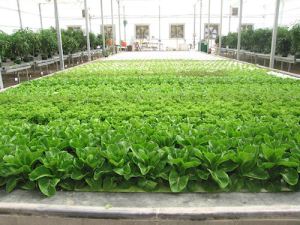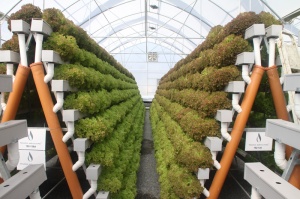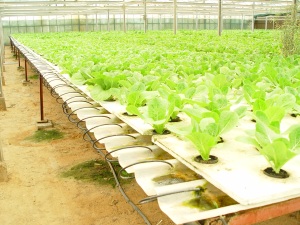Pegasus Agriculture, one of the largest operators of hydroponic farming facilities in the Middle East and Northern Africa, implements better technologies to prevent carbon footprint caused by agriculture. According to the company, hydroponic farming could cut down the percentage of carbon foot print, for which traditional farming is one among the major contributors.
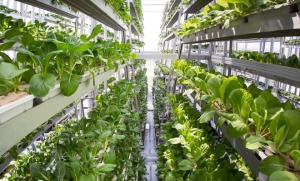 Hydroponics is a farming method of growing plants inside an enclosed structure that uses a medium other than soil and the close regulation of lighting, temperature, and nutrients to optimize crop growth. It does not require natural precipitation or fertile land in order to be effective.
Hydroponics is a farming method of growing plants inside an enclosed structure that uses a medium other than soil and the close regulation of lighting, temperature, and nutrients to optimize crop growth. It does not require natural precipitation or fertile land in order to be effective.
The world is striving to adopt diverse methods and means in order to preserve the balance of carbon dioxide that emits into the atmosphere brought about by modern technology. The quantity of carbon in the air can be brought down by planting more plants, flowers and vegetables using the method of hydroponics.
The quantity of carbon in the air can be significantly reduced by plants. Therefore having more plants planted can be a way of reducing your carbon footprint in the world. Hydroponic farming allows the farmers to cultivate throughout the year, resulting in a perpetual harvest. So the percentage of produce grown both locally and indoors is increasing on an annual basis.
Continued innovation of hydroponic cultivation systems will allow us to maximize harvests and to effectively cut down carbon footprint. Also the hydroponic facilities are generally located in urban areas and reducing the need for long haul transportation resulting in a drastic reduction in carbon footprint.
Hydroponic systems do not require pesticides, require less water and space than traditional agricultural systems, and may be stacked in order to limit space use. This makes them optimal for use in cities; where space is particularly limited and populations are high. Self-sustaining city-based food systems mean a reduced strain on distant farms, the reduction of habitat intrusions, fewer food miles, and fewer carbon emissions.
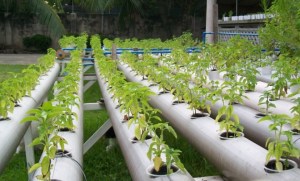 Environmental benefits of hydroponics are numerous, including conservation of water from recycling reservoirs and less use of chemical fertilizers, pesticides, herbicides, and fungicides.
Environmental benefits of hydroponics are numerous, including conservation of water from recycling reservoirs and less use of chemical fertilizers, pesticides, herbicides, and fungicides.
Urban hydroponic farming does not create the type of chemical run-off into our streams, rivers and lakes being generated by industrial farming that is generating lasting environmental damages. Hydroponics farming causes much lesser carbon footprint than the conventional methods as the technique does not necessitate large quantity of chemicals or fertilizers.
